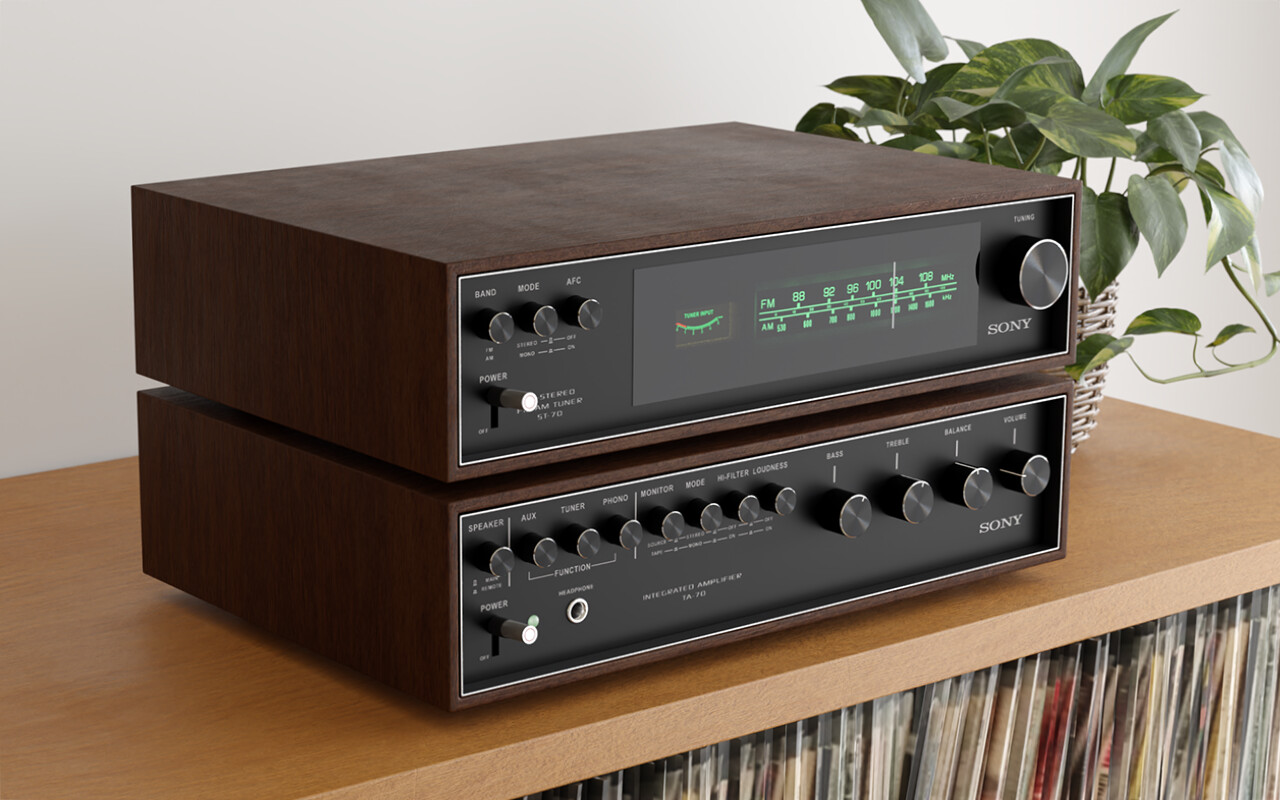Hi-Fi is a passion. This makes it more likely than you might think that we are asked by our chat customers in a vintage Hi-Fi system what cables to put in. The reasons can be many. Perhaps the Hi-Fi system in question is a gift from some friend or relative who no longer wants to know about high fidelity. Conversely, it may also happen that we want to resume cultivating a passion we had put on hold some time ago. In any case, the question remains: if I have a Hi-Fi system vintage, which cables should I use?
Don't mix vintage and modern electronics
Before delving into the "cables" issue highlighted in the introduction of this article, let us make a methodical premise. It is important, in fact, that the electronics are matched consistently with each other. Let us explain further.
Speakers of the past were particularly "deaf," that is, with rather low sensitivity. This required amplifiers with a certain current supply, dictated by large power supply stages, to move the speakers properly even at unsupported listening volumes. In contrast, newer speakers are more sensitive and not as much current is needed to move them, consequently, less powerful but faster amplifiers have developed over time. So, in case we were to use a modern amplifier in combination with vintage speakers, the "deafness" we mentioned would be evidenced. On the contrary, if we were to match a vintage amplifier with modern speakers, we would have a strong sense of slowness and, above all, a sense of sonic closure.

However, we are not talking about a stringent rule. Even in the 1980s and 1990s some manufacturers made electronics of comparable sensitivity to modern ones.
Which cables to choose for one's vintage Hi-Fi system?
In a previous article which was intended as a practical buying guide, we had written how spending 10-15% of the list cost of the electronics to be wired together on cables could be a quick, though clearly superficial, way to get an idea of how much to spend on wiring one's system.

Does this rule also apply to a vintage Hi-Fi system? Ni. Let us once again reiterate a concept: even if we wanted to use the 10-15% method, the price to be taken into account would be the list price of the electronics. We should point this out because we are talking about vintage electronics, so the probability that these were bought at a discount or used is higher than if we were talking about new electronics. "Oldness" of the electronics brings another factor into play. In fact, a number of other factors, which are macroeconomic factors.
The change of currency from lira to euro that took place on January 1, 2002, inflation, globalization, and the market are all aspects that make it really complicated to make a comparison between the cost in the 1980s of an appliance and what it would cost now.
The time variable
Last but not least, any component, Hi-Fi or otherwise, suffers not only wear and tear related to use, but also wear and tear related to time. Even if left completely still, a 40-year-old amplifier or speakers will not sound as good as if they were new. That is why it is good to be cautious and flexible with the choice of cable for our vintage system. Without going overboard. For any form of support, however, you can contact us in the form you prefer. We refer you to the page dedicated to our entire catalog, certain that you will find the Hi-Fi cable that is right for you.














